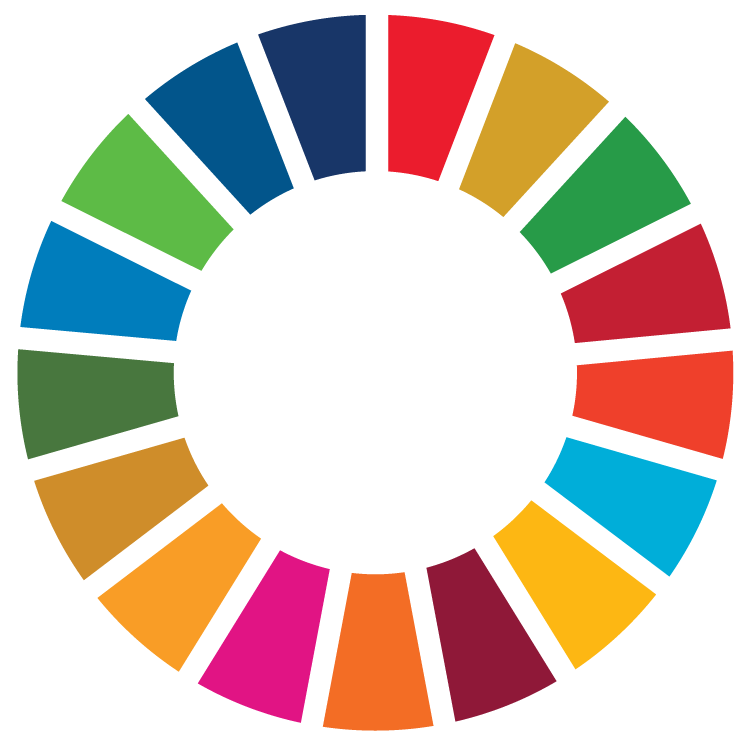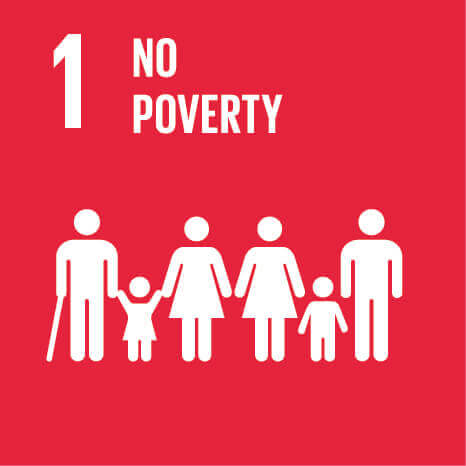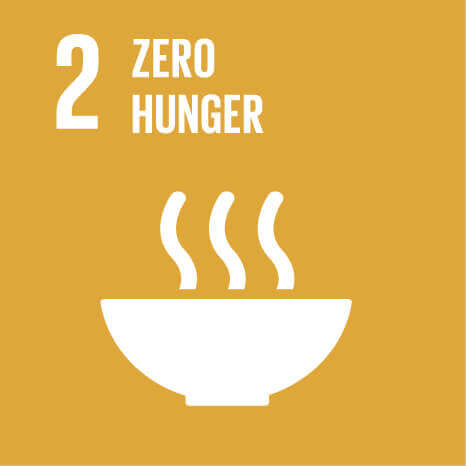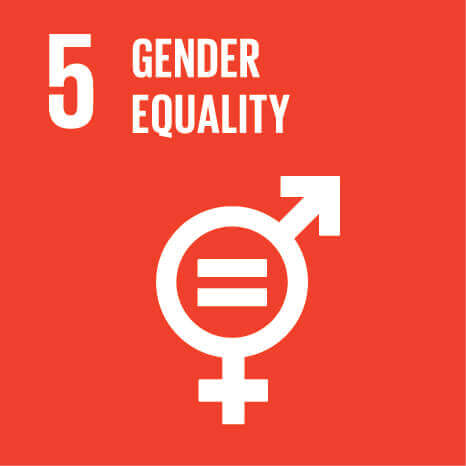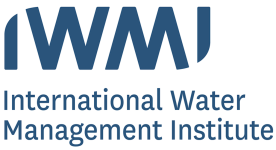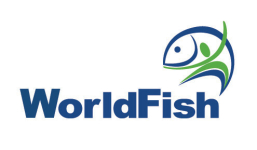Scaling rice-fish integrated production systems through training of the trainers on a decision support system in Myanmar
Published on: August 23, 2024, Submitted by Megi Cullhaj on: March 9, 2023, Reporting year: 2022
 CGIAR Impact Areas
CGIAR Impact Areas


 CGIAR Action Areas
CGIAR Action Areas

To support the adoption of rice-fish integrated production systems, researchers from the Aquatic Foods initiative (IWMI) and a group of experts conducted comprehensive five days ToT training in December 2022 on “Rice-Fish Suitability Decision Support System Modelling” to support the capacity development of potential national experts and staff from three government departments. The trainers are now sharing their knowledge with local staff from the same departments of the Ayeyarwady region, who will then use and adapt the tool to support
ToT image
Despite the contribution of rice and fish to Myanmar diets, malnutrition remains extremely high, with recent studies stating that, nationally, 33–40% of children under the age of 5 years are stunted, 25–33% are underweight and 7.9–11% are wasted (Thilsted and Bose 2014; Livelihoods and Food Security Trust Fund 2015). Because of disparities in geography and income, this is even more pronounced among rural and poorer groups. With the majority of calorific contribution to the Myanmar diet coming from a single food group, in this case, rice, the prevalence of stunting and micronutrient deficiencies can be largely attributed to this lack of diversity in the diet. At the same time, the co-production of rice and fish in modified rice fields, or rice-fish culture, is a centuries-old practice but a relatively new alternative to intensive mono-cropping, with positive outcomes for the environment, economy and rural livelihoods.
Experimental trials and demonstration plots established in the Ayeyarwady Delta showed that rice-fish culture produced rice yields that were equivalent to or better than mono-cropped rice fields, and increased gross profit between 9 and 41 percent relative to rice monoculture. The increased fish production further provided local people with greater access to nutrient-rich animal-source food. Early modeling results suggest that if 10 percent of the potential area for rice-fish culture was used, an additional 100,000 metric tons of fish and USD 100 million could be generated for participating households and the rural economy (Dubois et al., 2019).
While significant changes were made to the policy landscape in 2019 through the signing of the Nay Pyi Taw Agreement, endorsed by the Ministry of Agriculture, Livestock and Irrigation, which included the promotion of integrated agriculture by allowing conversion of up to 15 percent of smallholder rice paddy areas for fish culture or refuge through regional government, actual changes have been slow.
As a response, a rice-fish decision support system (DSS) has been developed as a bundle of evidence-based digital and analytical tools to inform the planning and management of rice-fish systems. The tools help ensure that the needs and aspirations of stakeholders are reflected when tailoring investments for specific social, economic and environmental contexts. It includes training modules and a comprehensive database of physical, social and climate variables that feed into a spatial rice-fish suitability model. The visual output can be easily used to assess trade-offs and identify priorities for scaling rice-fish production systems. Suitability maps derived from the DSS showed the potential for the transformation of 15,700 km2 across the Ayeyarwady, supporting improved food security, nutritional security, incomes, and employment for the local population.
Stage of Maturity and Sphere of influence
-
Stage of Maturity: Stage 1
-
Contributions in sphere of influence:
2.1.1 - Increased availability of diverse nutrient-rich foods
B.1.3 - Improved capacity of women and young people to participate in decision-making
Acknowledgement
This work was undertaken as part of the CGIAR - Resilient Aquatic Food Systems for Healthy People and Planet (Aquatic Food Systems) Initiative led by WorldFish.
